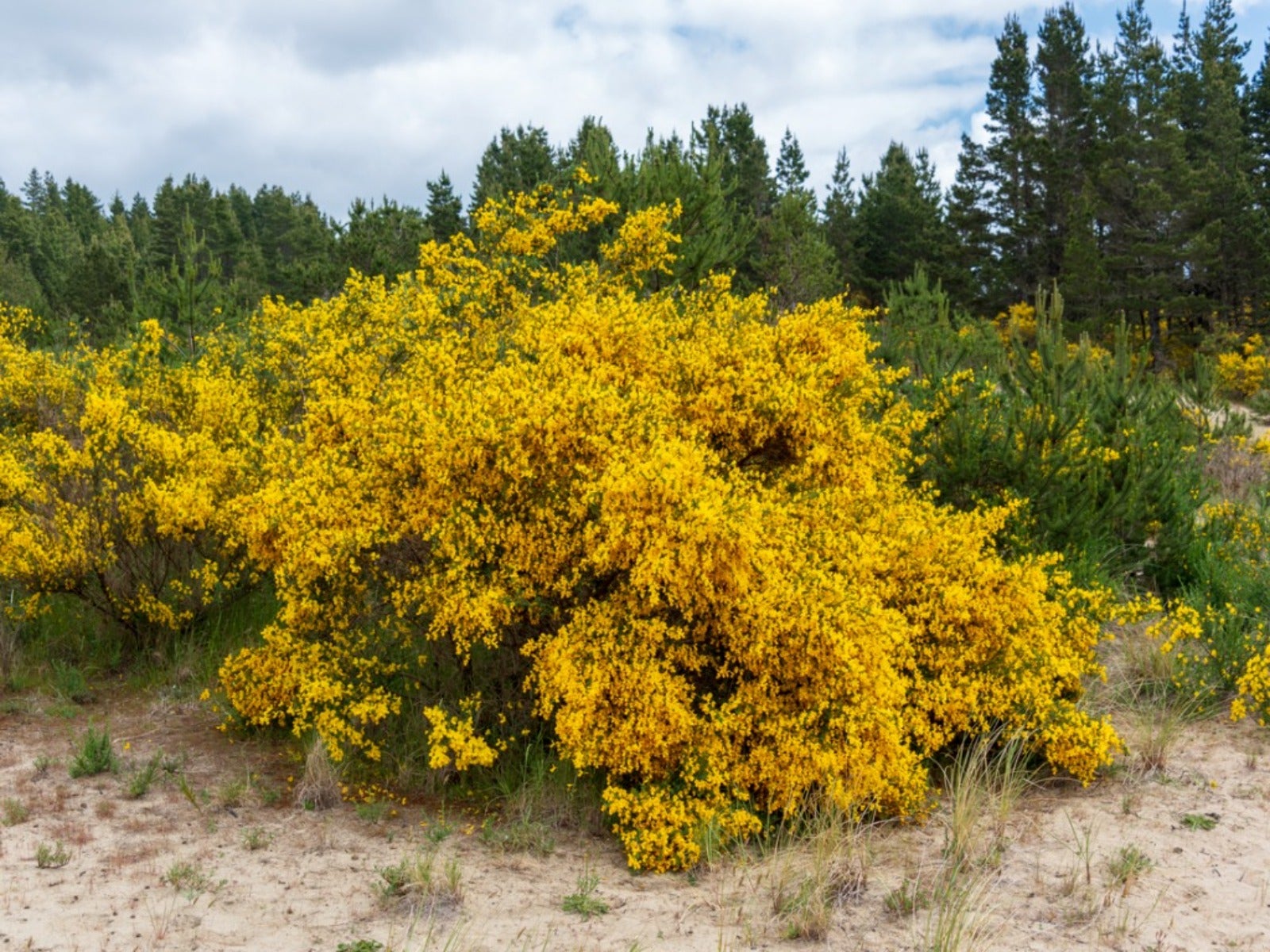Most Invasive Species In Oregon, Washington, And Idaho

Invasive weeds in the Pacific Northwest reduce biodiversity resulting in the loss of native plants and animals through competition for resources thereby altering habitats. The Pacific Northwest is a large region encompassing not only invasive plants in Oregon, but also Washington and Idaho. Government agencies wage a war against invasive species in the area, but citizens can help too by recognizing Pacific Northwest invasive plants and reporting them. Read on to learn how to identify invasive species in your area.
About Invasive Plants
If you aren’t familiar with the native species for your area, it isn’t easy to distinguish between the native and non-native plant species. Once you get to know which plants are invasive, it is surprising how many plants don’t belong in the ecosystem for that region.
How do they get there? Invasive plants are brought in by people, sometimes purposefully and sometimes by accident. Invasive plant seeds may hitch a ride on ocean transported cargo or on Fido’s fur after a hike in another state's natural area. Birds bring in non-native seeds, dispersing them as they eliminate their bowels. Even the wind is guilty of dispersing non-native species.
Non-native plants aren't always invasive. Your roses, for example, are likely not native to the area but aren’t considered invasive. They aren’t hardy enough or spread rapidly enough to be considered invasive. Washington, Oregon, or Idaho invasive species are those that take root and propagate easily, wiping out native plants and habitats.
Invasive Plant Criteria
For a plant to be considered invasive it must reproduce and spread seeds easily and rapidly. Invasive plants have few, if any, natural predators and thrive in areas where other plants find it difficult to take hold.
Invasive plants are also notoriously difficult to kill. These plants are difficult to eradicate since they use all their survival skills to live. Often invasive plants survive fire, chemical controls, and even digging or chopping up of the plant, often regrowing from a single root fragment left behind.
Pacific Northwest Invasive Plant Species
In Idaho alone, the state has listed 71 weed species and 4 genera as noxious. Of these 54 species are terrestrial. Cytisus, Genista, Spartium, and Chameacytsus are the four genera listed as noxious by the state.
Sign up for the Gardening Know How newsletter today and receive a free copy of our e-book "How to Grow Delicious Tomatoes".
Leafy spurge, rush skeleton weed, spotted knapweed, Eurasian watermilfoil, Canada thistle, oxeye daisy, toadflax, houndstongue, and orange hawkweed are all noxious weeds that reduce forage for livestock and wildlife rendering them a place on the invasive weed list of Idaho.
Many of these weeds have crossed over into Washington state and are also listed as noxious. Such is the case with many Oregon invasive plants such as butterfly bush, spurge laurel, English holly, English laurel, Himalayan blackberry, English and Irish ivy, garlic mustard, poison hemlock, Italian arum, pokeweed, and lesser Celandine.
Noxious plants listed for Washington state are likely to be found in Idaho and Oregon. To find out if a plant is listed as invasive in your state, contact your local extension office or Noxious Weed Control for your county. The Pacific Northwest Invasive Plant Council also has a comprehensive listing of non-indigenous plants affecting the region. Report sightings of invasive weeds to your state’s invasive species council.

Amy Grant has been gardening for 30 years and writing for 15. A professional chef and caterer, Amy's area of expertise is culinary gardening.
